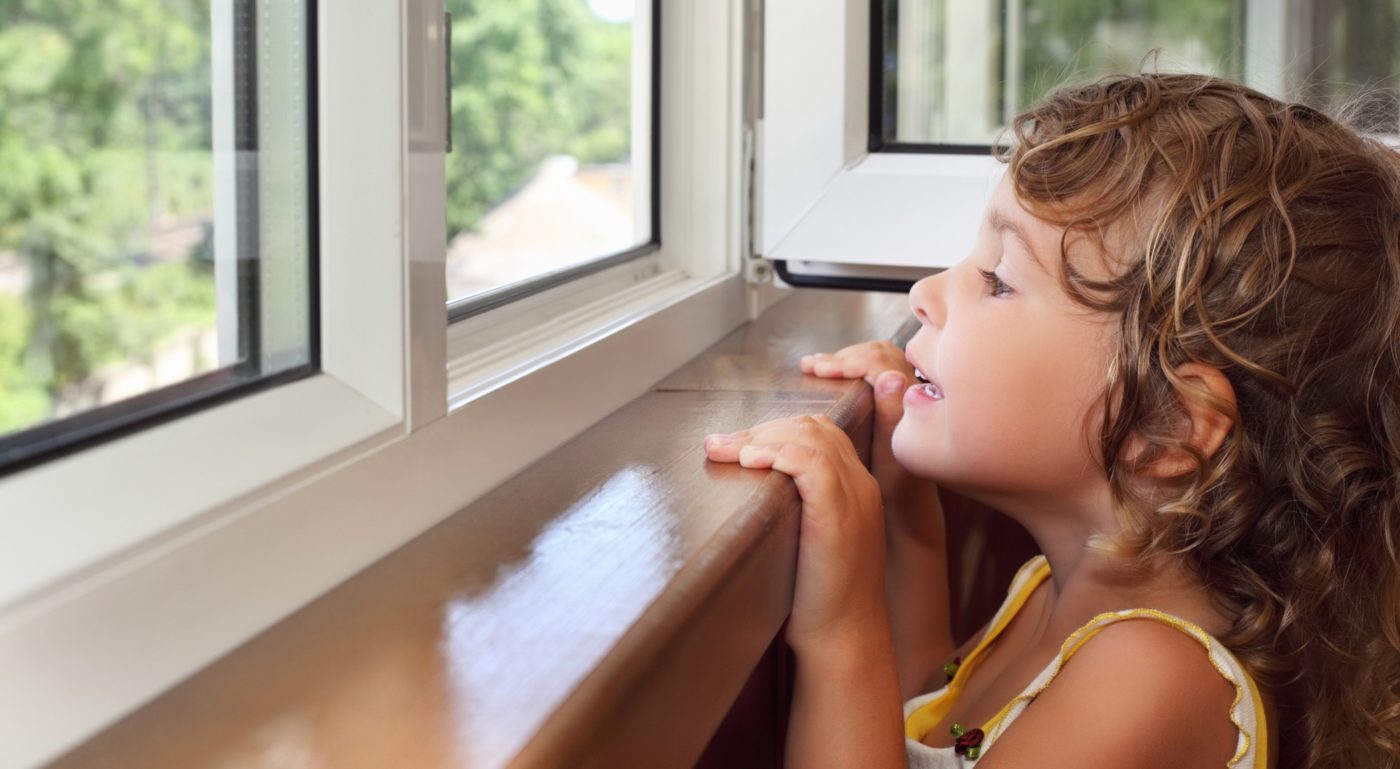For hundreds of years, lead has been used in a wide variety of housing materials. Whether it’s water pipes or old paint — lead can be found in homes or residential buildings — especially those built before 1978.
Lead is a naturally occurring metal. However, it can be harmful if ingested or inhaled. Both children and adults can get lead in the body, leading to a wide range of symptoms that may cause severe problems down the road.
Common risks associated with lead poisoning can be mild to severe, and children are most likely to receive the worse end of the deal. The Mayo Clinic outlines these symptoms in children, listing the following as common issues young ones may face when dealing with lead poisoning.
- Developmental delay
- Learning difficulties
- Irritability
- Loss of appetite
- Weight loss
- Sluggishness and fatigue
- Abdominal pain
- Vomiting
- Constipation
- Hearing loss
- Seizures
Adults face issues as well; however, these problems usually further existing conditions such as:
- High blood pressure
- Joint and muscle pain
- Difficulties with memory or concentration
- Headache
- Abdominal pain
- Mood disorders
- Reduced sperm count and abnormal sperm
- Miscarriage, stillbirth or premature birth in pregnant women
What Exactly is Lead Poisoning?
When lead builds up inside the body over time (typically months or years) lead poisoning may occur. Now, everyone is different — and reactions may vary. With that being said, even small amounts of lead can lead to severe outcomes, especially in children.
For most homeowners and building residents, lead-based paint is the prime suspect when it comes to lead poisoning. Homes built before 1978 are most susceptible, as they were constructed prior to lead bans on construction and home-building materials.
Where You May Find Lead
Homeowners should be vigilant regarding where they may find lead in the home. There are certainly some areas that are more hazardous than others; however, anywhere with lead-based paint still exposed can be a ticking time bomb.
Lead-based paint is most dangerous when it’s disturbed. When paint chips, cracks, or chalks away — leaving lead dust or materials out in the open, it may be accidentally ingested or inhaled by residents. Common problem areas include:
- Banisters
- Handrails
- Stairs
- Porches
- Window sills and frames
- Doors and door frames
- Trimming
Areas with lead-based paint that are moved or touched frequently can leave potential contaminants behind.

Lead Poisoning Causes (For Children)
Because children are most susceptible to lead poisoning, let’s address both why and how lead poisoning can occur.
Both physiology and behavior play a significant role in the “causes of lead poisoning.” When looking at physiology, children simply have a higher breathing rate than adults do. The more one breathes, the more one may inhale a toxic substance like lead. Lead dust particles may break free from moving window sills or frequently touched banisters, and children may inhale these particles at a higher rate than adults. Another fairly obvious but underestimated physiological factor is stature. Children are shorter, which means they are closer to the ground where dust particles or chipped lead paint fall.
The last piece of physiological evidence supporting the higher rate of lead poisoning in children is stomach chemistry. Lead is absorbed at a much higher rate in the guts of children — coupled with their lower levels of calcium, iron, zinc, and absorbate — it’s a perfect storm for lead poisoning.
Now, behavior plays a significant role, as well. Children behave differently than adults do, and lack a finite understanding of germs and contaminants. Without this, they are far more likely to touch their mouths, eyes, or face — which can cause increased lead exposure. Some children may also have pica, a condition where compulsive hand-to-mouth behaviors are constant, along with eating non-edible items.
We’ve covered how to prevent lead exposure in children before, but these are some key points that may play a role in the many causes of lead poisoning.
Getting Rid of Lead
If your home was built before 1978, there might be lead-based paint still present. If it’s in good shape and there’s no sign of damage or wear — you may be in luck. However, most homes that have lasted this long have undergone some sort of distress, and it’s not uncommon for lead-based hazardous materials to become an issue.
If that’s the case, you may want to consider a lead paint inspection. Congress has passed a wide variety of laws to protect homeowners and residents from the potentially harmful effects of lead exposure. These laws address lead in paint, dust, soil, air, water, and disposal practices.
While many homeowners may try to complete an impromptu lead inspection on their own home — a professional touch is the best way to ensure your family’s safety. Lead paint inspectors must undergo lead inspector certification and training in order to identify lead-based paint hazards properly. This process identifies potentially contaminated surfaces inside and outside of the home.
On the other hand, a lead paint risk assessment will identify lead levels and the severity of the problem. These assessments will also include plans to help manage the lead paint hazard and future safety precautions that can be put into place.
Treating Lead Poisoning
There are both fairly simple therapies and complex treatments available for lead poisoning. The severity of the treatment will reflect the nature of the contamination. Lower levels of lead aren’t usually a cause for treatment — and avoidance is usually enough to reduce any unhealthy levels of lead in the bloodstream.
However, more severe cases may require designated lead poisoning treatments. These treatments may include:
- Chelation Therapy
- EDTA Chelation Therapy
Chelation therapy is typically used with children, while EDTA chelation therapy is used with adults.
Wrapping Up
Lead poisoning is primarily caused by lead-based paint hazards that are found in homes built prior to 1978. Paint can wear away or become weathered over time, causing pieces or dust to break free and possibly harm those within the home or structure.
It’s important to know the various causes and potential risks associated with lead contamination to keep your family safe.


